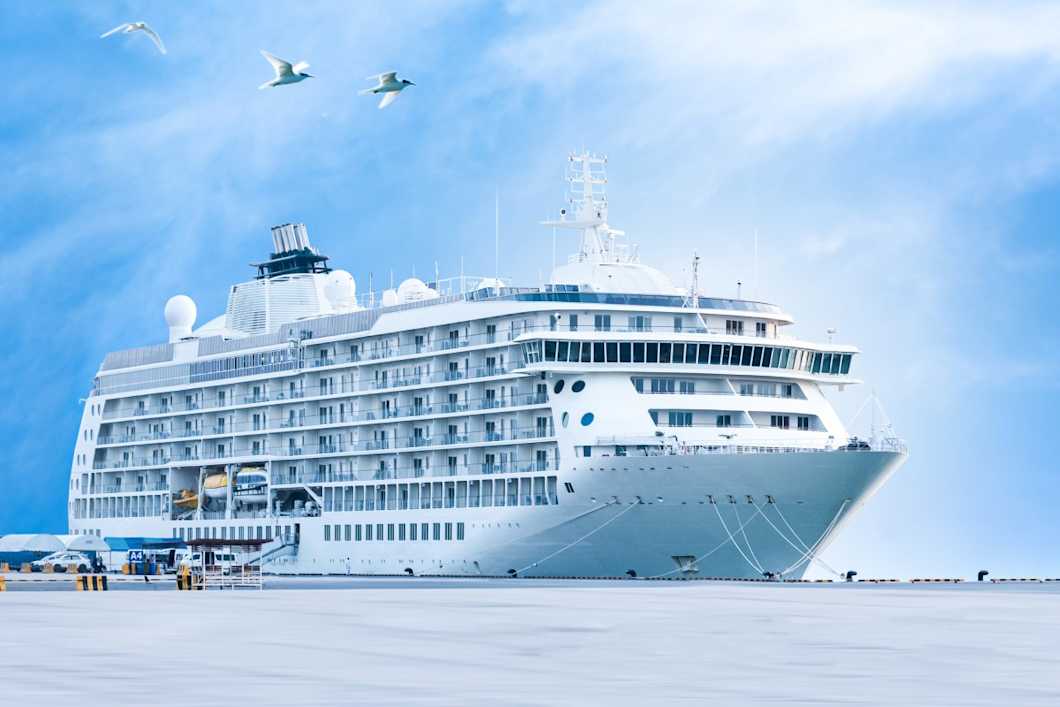IMO 2010 FTP Code fire tests

- Fast turnaround times
- Personal service from method experts
- Competitive prices
- Result accuracy guarantee
IMO 2010 testing options
The IMO Fire Test Procedures (FTP) Code comprises eleven Parts, each describing the testing requirements for different materials or components used on ships, boats, and other marine vessels. In addition to construction materials, such as flooring and ceiling components, the code covers textiles and fabrics intended for maritime use.
Measurlabs offers the following reaction to fire and flammability tests in accordance with IMO 2010 and the corresponding ISO standards:
IMO 2010 Part 1: Non-combustibility test for materials required to be non-combustible, such as mineral wools and plasterboards. Testing is performed by the ISO 1182 standard.
IMO 2010 Part 2: Smoke and toxicity test for ensuring materials do not produce excessive amounts of smoke or toxic gasses upon exposure to heat. The testing procedure is based on the ISO 5659-2 standard with some modifications.
IMO 2010 Part 5: Surface flammability test for surface materials and deck coverings required to have low flame-spread characteristics.
IMO 2010 Part 7: Tests for vertically supported textiles and films, such as curtains and draperies, which should be at least as resistant to flame propagation as wool with a mass of 0.8 kg/m2.
IMO 2010 Part 8: Tests for upholstered furniture, which must be resistant to the ignition and propagation of fire. Testing consists of a smoldering cigarette test and a flame ignition source test.
IMO 2010 Part 9: Tests for bedding components, which must also be resistant to flame ignition and propagation to be approved for marine use.
Questions?
Reach out to Kimmo Kaukanen for expert guidance on fire testing.
Our testing experts are at your service
When you request a quote for IMO 2010 fire tests from Measurlabs, one of our experts will start working on your project within one business day. We are also happy to answer any questions you may have relating to the testing procedure, sample preparation, or any other aspect of the process. Do not hesitate to get in touch.
Get a quote
Fill in the form, and we'll reply in one business day.
Have questions or need help? Email us at info@measurlabs.com or call our sales team.
